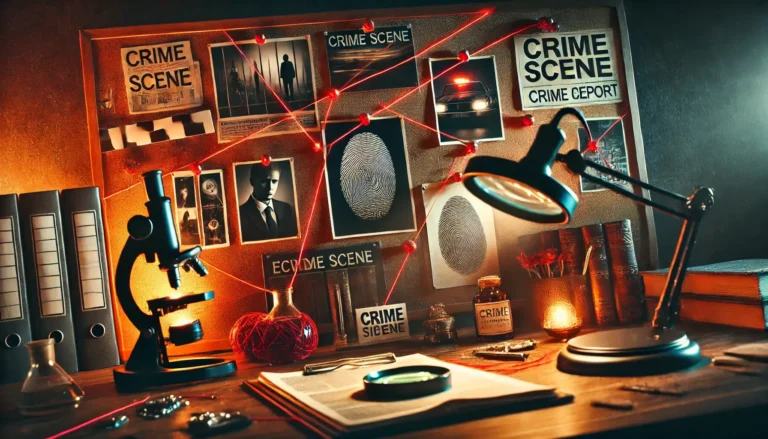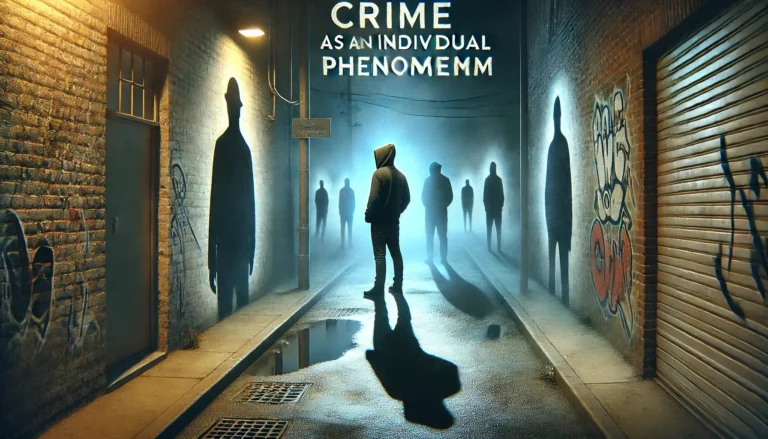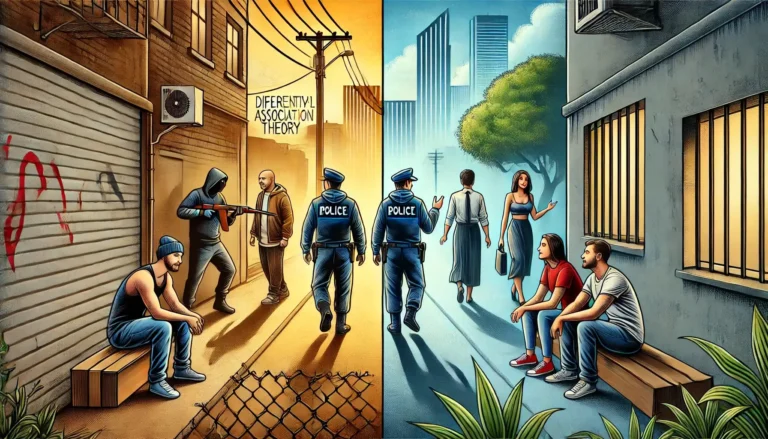The Concept of Crime and Criminal: Definition, Theories, and Impact
Introduction Crime and criminality are among the most debated topics in legal, sociological, and psychological studies. The definitions, causes, and implications of crime have evolved over time, reflecting the complexity of human societies. Understanding what constitutes a crime and who qualifies as a criminal is essential for creating effective laws, policies, and social interventions. This…





